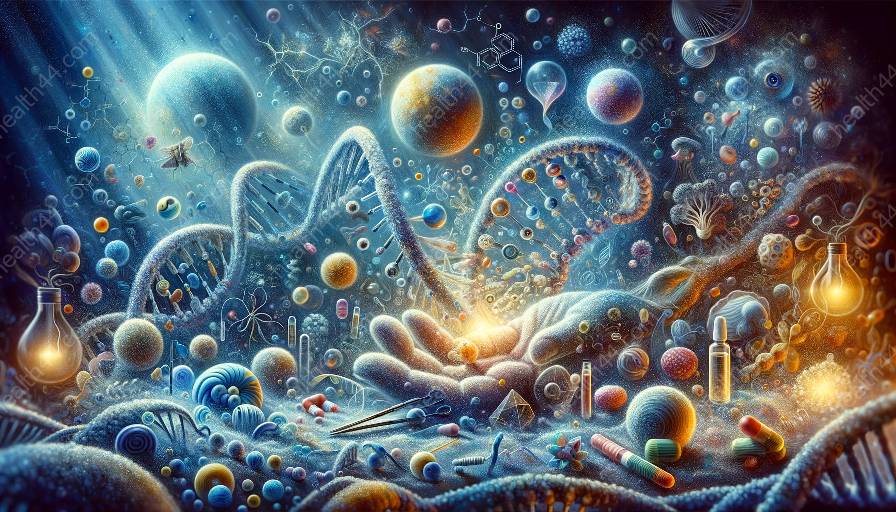Genetic variation plays a crucial role in the study of conservation biology. Understanding the intricate relationship between genetics and biodiversity helps us develop effective strategies for preserving the natural world.
Genetic Variation: An Introduction
Genetic variation refers to the differences in the DNA sequences among individuals within a population or species. This variability is essential for a species to adapt to changing environments and challenges, ultimately promoting survival and evolution.
Genetic variation can occur in various forms, including single nucleotide polymorphisms (SNPs), insertions, deletions, and structural rearrangements. These genetic differences can have profound effects on an organism's phenotype, influencing traits such as coloration, disease resistance, and behavior.
The Impact of Genetic Variation on Conservation Biology
Conservation biology seeks to understand, preserve, and restore biodiversity. Genetic variation directly influences conservation efforts in several key ways.
- Population Viability: Genetic diversity within a population increases its ability to adapt to environmental changes and reduces the risk of inbreeding depression. This diversity enhances population resilience and long-term survival.
- Adaptation and Evolution: Genetic variation provides the raw material for natural selection, allowing species to evolve in response to selective pressures such as climate change, habitat loss, and invasive species.
- Species Recovery: Understanding genetic variation is critical for successful species recovery programs. Genetic monitoring helps track the health and diversity of small populations and guides breeding programs to maximize genetic diversity and adaptive potential.
- Genetic Data Collection: Obtaining genetic data from wild populations can be logistically and technically challenging. However, advancements in non-invasive sampling methods and high-throughput sequencing technologies have expanded our ability to collect genetic data from diverse species and environments.
- Effective Genetic Management: Implementing genetic management strategies requires collaboration among scientists, conservation practitioners, and policymakers. Ensuring that genetic considerations are integrated into conservation planning is essential for maximizing the effectiveness of conservation efforts.
- Emerging Techniques: Innovations in gene editing, assisted reproductive technologies, and genomic conservation hold promise for addressing genetic challenges in conservation. However, ethical and ecological concerns must be carefully considered when applying these cutting-edge genetic tools to conservation efforts.
Genetics and Conservation:
Advances in genetics have revolutionized conservation biology by providing powerful tools for studying genetic variation and implementing conservation strategies.
Techniques such as DNA sequencing, genotyping, and population genetics analysis enable researchers to assess genetic diversity, identify unique or at-risk populations, and understand the genetic basis of adaptive traits. Conservation geneticists work to develop conservation plans that leverage genetic information to ensure the long-term viability of endangered species and their habitats.
The Role of Genetic Variation in Biodiversity Conservation
Biodiversity is the sum of all living organisms and ecosystems on Earth, representing the variety of life across different levels, from genes to ecosystems. Genetic variation is a fundamental component of biodiversity, contributing to the intricacy and resilience of natural ecosystems.
Preserving genetic variation is central to maintaining biodiversity, as it provides the raw material for species to evolve and adapt to changing conditions. Conserving genetic diversity within and among populations is essential for safeguarding the long-term survival of species and ecosystems.
Challenges and Opportunities in Conservation Genetics
Despite the critical importance of genetic variation in conservation, numerous challenges and opportunities exist in the field of conservation genetics.
By recognizing the significance of genetic variation and its intricate relationship with conservation biology, we can develop more informed and targeted approaches to preserving the genetic diversity that underpins life on Earth.


